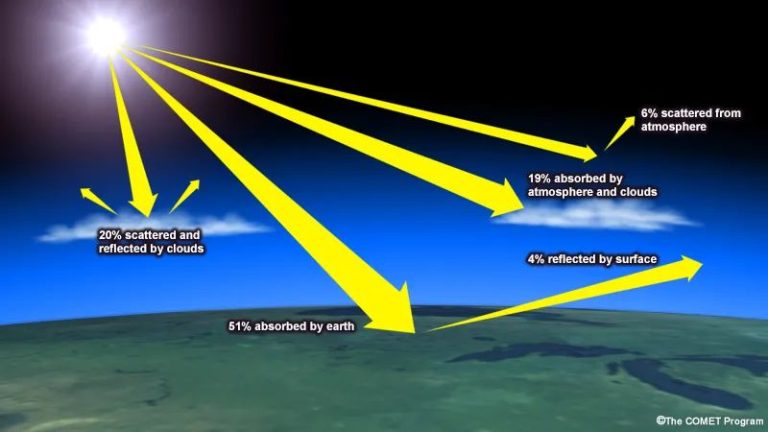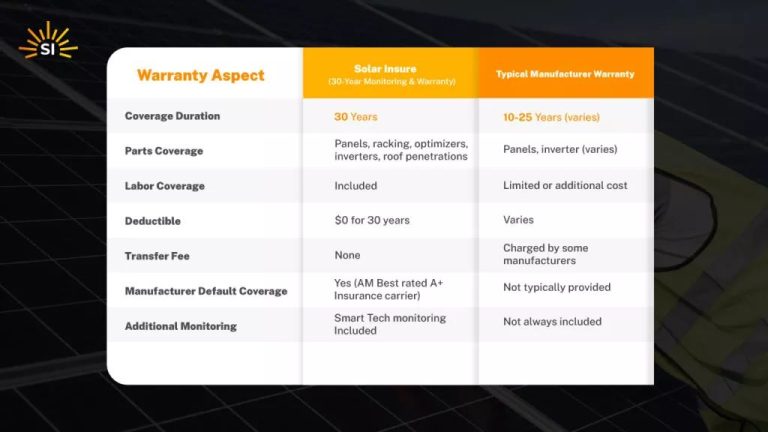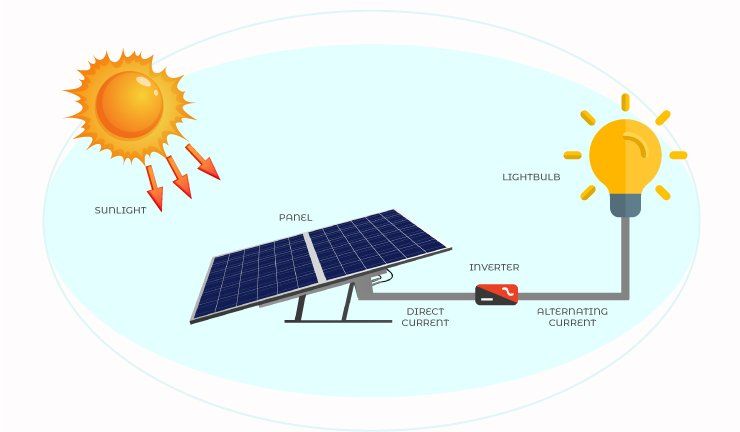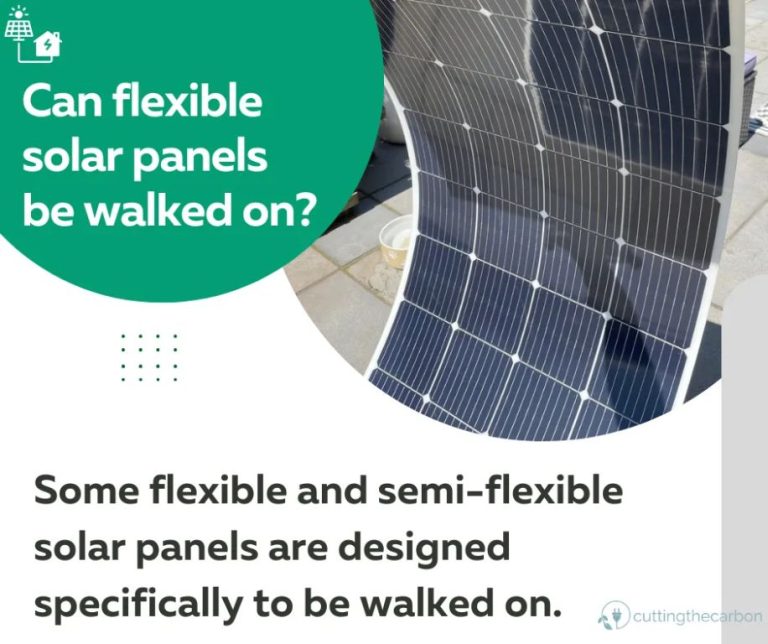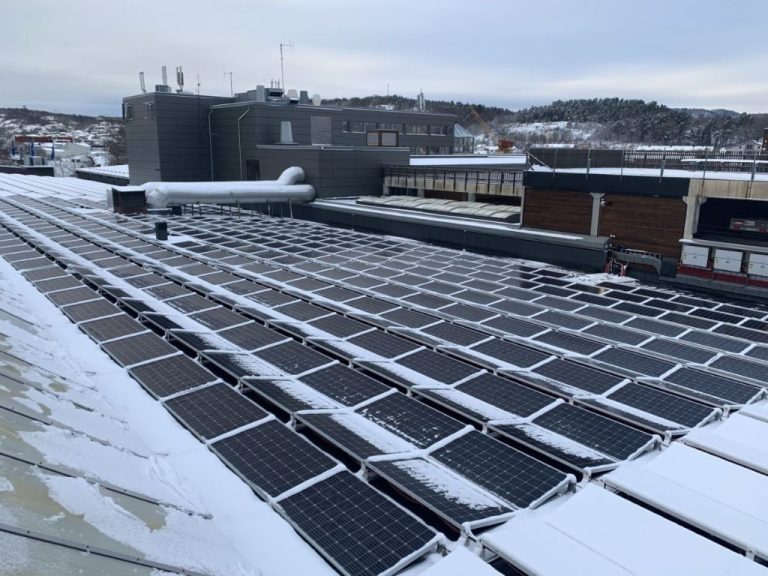Is Solar Energy Thermal Or Electric?
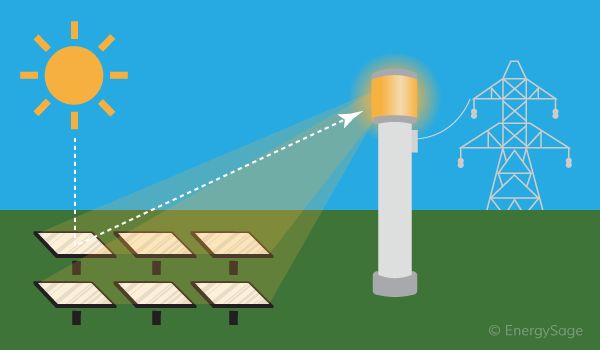
Solar energy is radiant light and heat from the sun which can be harnessed using various technologies. According to the National Renewable Energy Laboratory (NREL), solar energy can be classified into two primary forms – thermal and electric (Source).
Thermal solar energy involves capturing heat from sunlight to provide hot water, space heating, or to drive industrial processes. Common thermal technologies include solar water heating systems, solar pool heaters, solar air heaters, and concentrated solar power plants (Source).
Electric solar energy involves converting sunlight into electricity through the photovoltaic effect. Photovoltaic (PV) devices like solar panels absorb photons to generate direct current electricity. PV systems provide distributed electricity generation for homes, businesses, and utility-scale power plants (Source).
This content will provide an overview of both major forms of solar energy – thermal and electric. Key differences as well as pros, cons, applications, and outlook will be examined.
Thermal Solar Energy
Thermal solar systems, also known as solar thermal systems, convert sunlight into heat (thermal energy). This is done by allowing sunlight to heat up a working fluid, typically water or air. The heated fluid is then used for applications like heating water for domestic or industrial use, heating swimming pools, or heating ventilation air in a building.
The key components of a typical solar thermal system are solar collectors, a storage tank, and a circulation loop. The solar collectors, which look similar to photovoltaic panels, absorb heat from sunlight. This heat is transferred to a heat-transfer fluid as it circulates through the collectors. The hot fluid then flows to the storage tank to heat water or air before being pumped back to the collectors. Solar collectors can utilize technologies like flat plates, evacuated tubes, and concentrating collectors to maximize heat absorption.
For water heating applications, solar thermal collectors heat a fluid that passes through a coil in the storage tank to raise the temperature of the water. For space heating, the hot fluid from the collectors may pass through radiators or a forced air system. Control systems help regulate the operation and heat distribution. Thermal energy storage allows the heated fluid to be stored and utilized when needed, including at night. Compared to solar photovoltaics, solar thermal systems are generally lower cost but also lower efficiency.
(Sources: https://www.solarsource.com/solar-basics-understanding-types-solar-systems, https://newheat.com/en/how-does-solar-thermal-energy-work/)
Electric Solar Energy
Electric solar energy, also known as photovoltaic (PV) energy, works by directly converting sunlight into electricity through the use of solar panels or PV cells. When sunlight hits the solar panels, it excites the electrons in the silicon cells, causing them to flow and produce a DC electric current (Holaluz, 2022). This process of converting light into electricity is known as the photovoltaic effect.
The key component that enables this energy conversion are the PV cells in the solar panels. PV cells are typically made of thin silicon wafers that have been treated to form an electric field across the cell. When sunlight strikes the cell, some photons from the light are absorbed by the silicon, knocking electrons loose. These free electrons then flow through the cell, producing electricity (Isolarnc, 2022).
Multiple PV cells are connected together and encapsulated in the protective casing to form a solar module or panel. The electricity generated from the solar panels is in the form of direct current (DC). This DC output is fed into an inverter to convert it into an alternating current (AC), which is then used to power electrical devices or fed into the utility grid (Navigating South Africa, 2022).
Pros and Cons of Thermal Solar Energy
Some of the key benefits of thermal solar energy include:
- Low cost – Solar thermal systems are relatively inexpensive to install compared to other renewable energy technologies like solar PV or wind turbines (https://helioscsp.com/concentrated-solar-power-pros-and-cons/). The fuel (sunlight) is free.
- Versatility – Solar thermal can be used for water heating, space heating, and even electricity generation in concentrated solar plants (https://thepolarbear.blog/solar-thermal-energy/).
- Energy storage – Thermal energy can be more easily and inexpensively stored for use when the sun isn’t shining compared to solar PV (https://www.clean-energy-ideas.com/solar/solar-thermal-energy/pros-cons-of-solar-thermal-energy/).
Some limitations of solar thermal include:
- Intermittent supply – Solar thermal relies on sunshine so output varies with weather and time of day (https://helioscsp.com/concentrated-solar-power-pros-and-cons/).
- Geographic constraints – Solar thermal is less efficient in cloudier, colder climates than in consistently sunny regions (https://www.clean-energy-ideas.com/solar/solar-thermal-energy/pros-cons-of-solar-thermal-energy/).
- Land use requirements – Large concentrated solar thermal plants need significant land area in open, sunny locations (https://thepolarbear.blog/solar-thermal-energy/).
Pros and Cons of Electric Solar PV
Electric solar photovoltaic (PV) panels convert sunlight directly into electricity using semiconducting materials like silicon. Some key pros of electric solar PV include:
Clean energy generation – Electric solar PV produces power without any air pollution, greenhouse gas emissions, or waste products.1
Declining costs – The costs of solar PV panels and installation have dropped significantly in the past decade, making it more affordable.2
Low maintenance – Solar PV systems require little ongoing maintenance compared to other power generation methods.
Modularity – PV systems can scale from small residential setups to large utility-scale installations.
Some limitations of electric solar PV include:
Intermittency – PV only generates energy when the sun is shining.
Storage challenges – Batteries are needed to store and use solar energy at night. Storage adds costs.
Space requirements – Ground or roof space is needed to install solar panels.
Upfront costs – Despite dropping prices, PV equipment and installation costs are still high upfront.
Performance dependencies – Output depends on weather, latitude, and panel positioning.
Thermal vs Electric Comparison
Solar thermal and solar electric (often called photovoltaic or PV) systems are both ways to harness the sun’s energy, but they accomplish this in different ways. Here is how they compare:
Solar thermal systems use collectors to absorb heat from the sun, which is then used to warm either air or water. The thermal energy can be used to heat swimming pools, homes, or buildings, or to produce steam to generate electricity via a turbine (Source 1). Solar PV systems directly convert sunlight into electricity through the photovoltaic effect. The PV panels contain solar cells made of semiconducting materials like silicon that release electrons when exposed to sunlight, generating a flow of electricity (Source 2).
One key difference is that solar thermal systems are generally cheaper upfront since they have fewer electronic components. However, PV systems can generate electricity more directly and have greater flexibility in terms of applications. Thermal systems work best for heating applications, while PV can power anything that runs on electricity.
In terms of efficiency, modern PV panels tend to have higher efficiency ratings (15-22%) compared to solar thermal collectors (30-80%). However, thermal systems can utilize solar energy storage more easily by heating tanks or masses. Overall, the choice depends on the specific application and needs.
Applications of Each Type
Thermal solar energy has many applications, especially for heating applications. Some examples of how thermal solar energy is used include solar water heating, solar space heating, solar cooking, solar distillation, solar drying, solar furnaces, and solar thermal power plants.
According to a study by Diwania et al. in Applied Energy, solar thermal collectors are a key technology for solar thermal applications like water heating, space heating, and industrial process heat (Diwania et al., 2020). Solar water heating is one of the most widely adopted applications of solar thermal technology globally.
Electric solar energy from photovoltaics has applications in both small-scale and utility-scale installations. Examples of photovoltaic applications include rooftop solar panels for residential or commercial buildings, solar pumps, off-grid solar power systems, and large solar farms and solar power plants. According to Maka in Chemical Engineering Research and Design, solar photovoltaics play an important role in applications like water pumping, healthcare, telecommunications, and community lighting (Maka, 2022).
Growth and Adoption Rates
According to market research, the solar thermal market is anticipated to grow at a CAGR of 7% during the forecasted period from 2023 to 2030 (Solar Thermal Market Size, Growth and Forecast from 2023 to 2030). This steady growth can be attributed to the increasing demand for solar thermal technology in residential and commercial applications. In comparison, the global installed capacity of solar PV is projected to reach over 5,500 GW by 2030, growing at an annual rate of 15% (Solar Industry Research Data).
The adoption of solar thermal systems has been slower compared to solar PV, but is picking up pace in recent years. Solar thermal capacity grew from 435 GWth in 2016 to over 480 GWth in 2021. Key markets driving this growth include China, Europe, India and the Middle East. With advancements in solar thermal technology and more economical systems entering the market, adoption rates are expected to grow notably in the coming decade.
Future Outlook
The future potential for both solar thermal and solar PV looks promising. According to research from the University of Queensland ENGY0x Energy Principles and Renewable Energy, solar PV capacity is projected to grow substantially in the coming decades. This growth will be driven by continuing cost declines and favorable government policies. Solar thermal may see more modest growth, but still has significant potential in certain applications like heating water. Key factors for increased solar thermal adoption are reducing costs and integration into district heating systems. Overall, both solar PV and solar thermal are expected to play a major role in the renewable energy mix moving forward.
Conclusion
In summary, both thermal and electric solar energy have their advantages and disadvantages. Thermal solar is generally better for heating applications like water, space heating, and even some industrial processes. The pros of thermal solar include high efficiency for heat applications and lower costs than photovoltaics. However, thermal solar only produces heat, not electricity, and has more complex maintenance requirements.
Electric solar photovoltaics are better suited for applications that require electricity like powering lights, appliances, and devices. The pros of electric solar include flexibility, ease of installation, and low maintenance. However, the conversion efficiency of solar cells limits applications and electric solar has higher upfront costs than thermal.
When deciding between thermal and electric solar, it’s important to evaluate the specific application and needs. Thermal solar works well for heating water or spaces, while electric solar is preferable for generating electricity. Both technologies play an important role in renewable energy adoption and reducing fossil fuel dependence. With continuing advancements, solar energy will become even more viable and cost-effective in the future.

